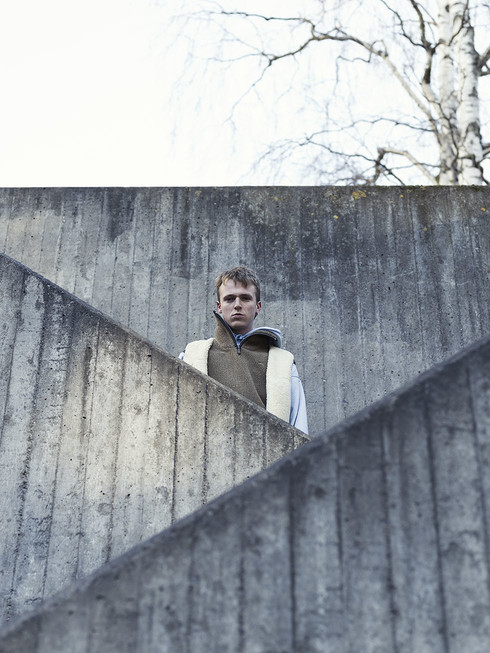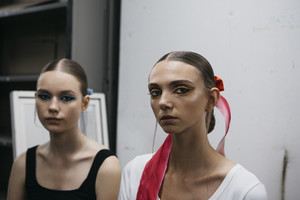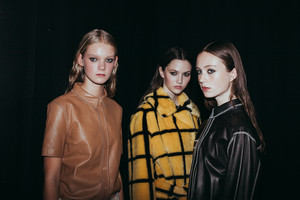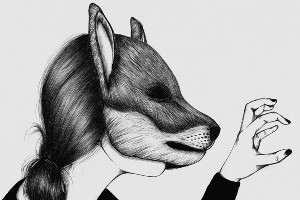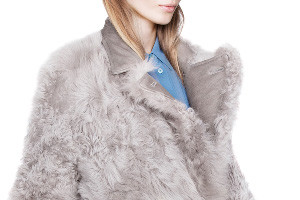Stine Goya
Written by Chava Krivchenia by Sandra MyhrbergBehind the patterns at Stine Goya
She seems to have been born with an inherent desire to design and create. As a result of this creative drive she continues to amaze and clothe us with elegant prints and silhouettes.
Stine Goya’s design studio was founded in 2006, developed almost immediately after her graduation from Central Saint Martins. Her professionalism and direction is apparent in Stine Goya’s resume but more importantly is reflected in the quality and ingenuity of her creations.
She was able to answer a few questions about her brand and her methods despite her incredibly busy schedule.
What made you first want to apply and pursue fashion school?
My passion for creativity and colors has always been a presence. I’ve been making my own clothes and styling ever since I was a little girl.
How do you balance personal opinions and style with the overall product decisions in your brand Stine Goya?
These two things are closely related; balanced in an open process where the artistic and creative approach is guided by our design identity – I learned early that trusting my own gut feeling is the only right way for me and the brand.
What gives you the most inspiration outside of fashion towards your work and art?
I find my inspiration everywhere when I travel, mostly outside of Denmark. It can be an Italian architect that catches my eye, a piece of South American art or a beautiful landscape.
How do the deadlines and fast-pace of the fashion industry coincide with your working style?
My collections are long-lasting and stand outside the trend cycle. I’ve learned to do things calmly and in open processes. I am a perfectionist - I don’t like to present things that I am not proud of. To create things perfectly, you need time. I believe that great design is never rushed.
How is Copenhagen reflected in your brand?
Copenhagen is home to me. It is where I have my design studio. I love the mix of being in a capital and at the same time a ‘smaller’ city. I do not see Copenhagen in my brand directly – but the brand is a reflection of me and I am from Copenhagen.
Do you make the clothing for a certain person, if so who?
I design clothes for women who are not afraid to express their individualities by the way they dress. It can be all different kind of girls and women which I appreciate very much.
What do you consider a trend?
At Stine Goya we do not work with trends in that way. I see a trend as a feeling, a movement created by the people i.e. on the streets, from schools. As a designer, you make clothes - but it will always be the people who wear the clothes; that makes the trend.
What are some future projects that you are looking forward to?
There are so many exciting things happening at the moment. Among others I look forward to celebrating our 10-year anniversary and showing at the Copenhagen Fashion Week in August – presenting the collection with a show is always magical.
Do you like or want to collaborate with other artists or designers in the future?
Collaborating with talented artists from the art world has been a part of the brand since the beginning, and is something I intend to continue. It brings a welcome interruption into my everyday work-life. Working with people from outside the fashion industry is a present; it gives me new ways to explore my own designs, fuel my creativity and write new chapters in the Stine Goya story.
What was your greatest obstacle in creating Stine Goya?
It is never easy to start a small independent company – But I can say now after 10 years that it is all worth it. It is a pleasure to grow and succeed with your passion - meeting and working with so many talented and inspiring people along the way. An obstacle is always an opportunity to learn and grow.




